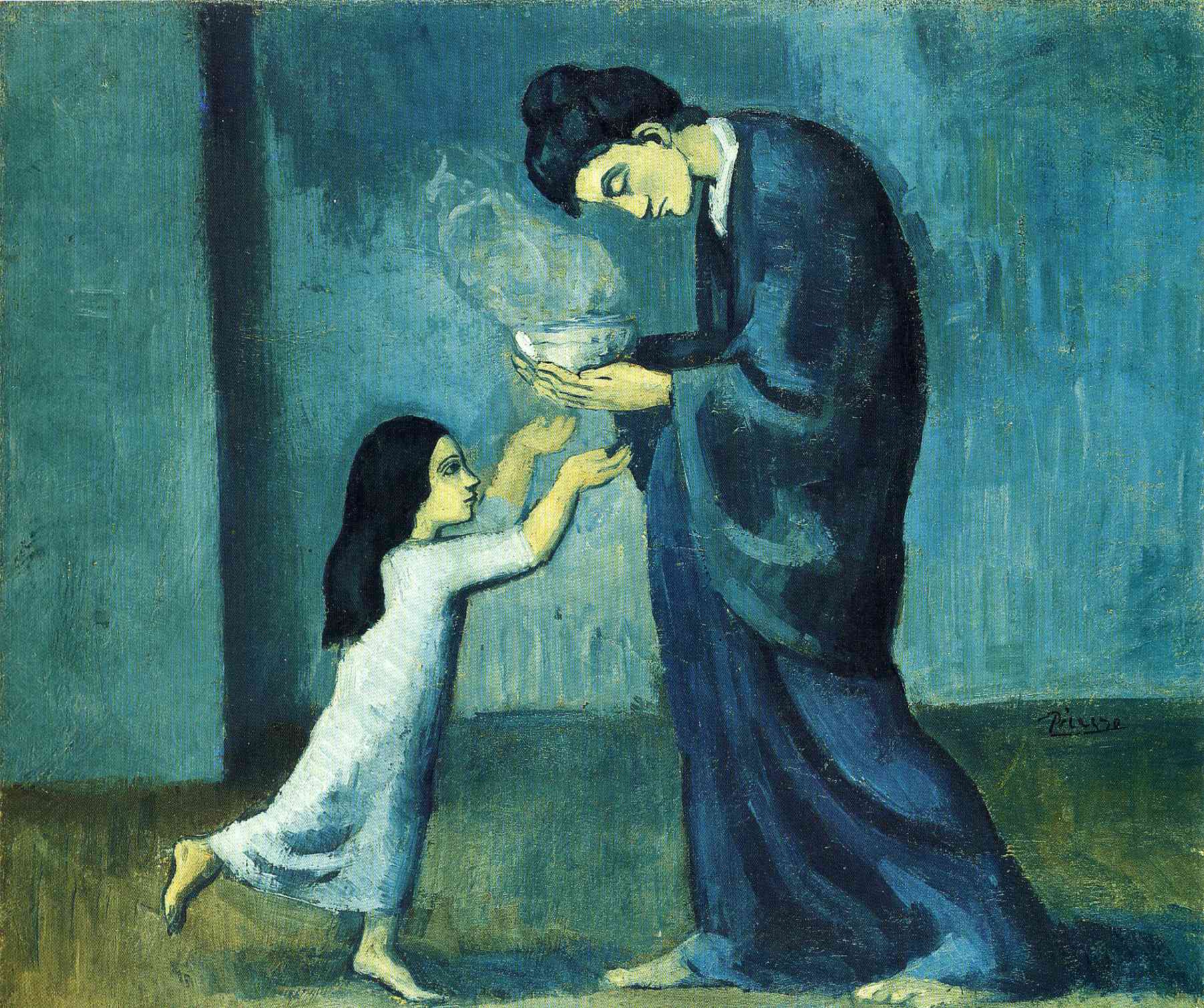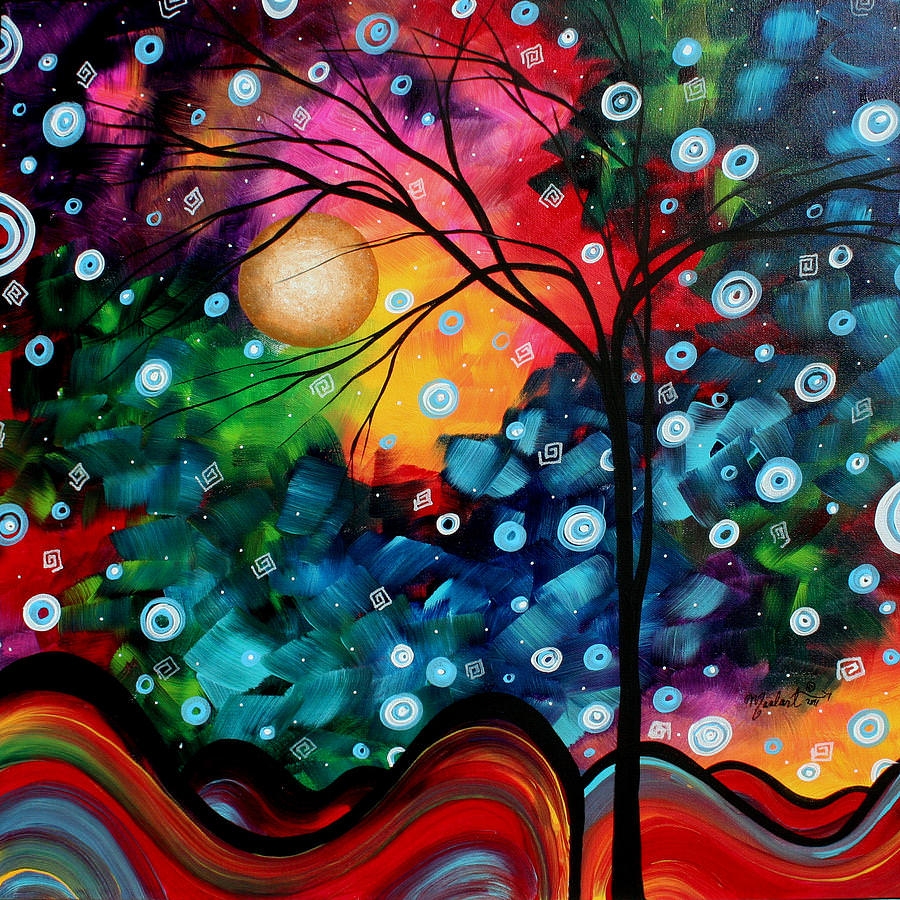The Power of Color in Art
Art has always been a reflection of human emotions, feelings, and ideas. One of the most important aspects of any artwork is the use of color. Color has the power to evoke certain emotions and convey messages that words alone cannot express. In fact, color is so important in art that it can be the defining factor in whether or not a piece of work succeeds in communicating an intended message. Let’s delve into this fascinating topic and explore the power of color in art.
First of all, it is important to understand that color has different meanings in different cultures. For example, in Western culture, the color white is associated with purity and innocence, while in Eastern cultures, it can signify death and mourning. In art, it is critical for an artist to understand the specific meanings behind each color before using it to create a certain atmosphere or mood.
Colors can stir up emotions, channel feelings, and communicate messages. Red, for instance, often signifies passion, power, and love. The color can be used to evoke strong emotions, such as anger or desire, and to make a bold statement. Yellow, on the other hand, can represent happiness, joy, and warmth. It is a color associated with the sun, and its bright shades can bring a sense of optimism and energy to a piece of artwork.
In many cases, the colors an artist chooses to use can tell a story all on their own. By carefully selecting a specific range of colors, an artist can convey an entire narrative without using words. For instance, a piece of work containing a range of dark colors might signify sadness, grief, or despair. On the other hand, a colorful, vibrant piece might represent hope, energy, or happiness.
The use of color in art is not limited to painting, either. Other forms of art also grasp the importance of utilizing particular colors to create a desired effect. In photography, for example, lighting, contrast, and saturation can all be adjusted to bring out the colors in a particular image. In film and video, color grading is an essential part of the post-production process, where the colors in a scene are edited to create a particular mood or atmosphere.
In summary, the power of color in art should not be underestimated. Colors can convey meaning, evoke emotions, and communicate messages that cannot be expressed through words alone. So next time you look at a piece of artwork, take a moment to consider the colors that have been used, and the story they might be telling. By doing so, you may just discover a whole new appreciation for the power of color in art.
In conclusion, color in art is an integral part of the creative process, often serving as a form of communication between the artist and the viewer. It is a language that breaks down barriers and opens up the possibility for endless interpretation and inspiration. The power of color in art is undeniable, and it is up to each artist to harness and utilize it in their own unique way.











